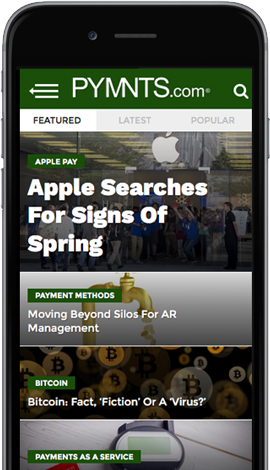It was a pretty low bar to hurdle.
The second quarter’s GDP trends were the worst in history, impacted of course by the pandemic, the lockdowns, sky-high unemployment and business closures.
And so, Commerce Department data on Thursday (Oct. 29) showing a 33.1 percent snapback, as measured at an annualized pace – the fastest growth rate on record – should have come as no surprise.
But one wonders if it is enough, or sustainable. There are already indications that cracks may be forming in the foundation of that recovery. The GDP growth outpaced expectations that the economy would grow by 32 percent, according to CNBC. That compares favorably, to put it mildly, with the second quarter, when the GDP slid by more than 31 percent.
Drilling Into the Data
Drilling down into the data, there is a mixed bag of numbers pertaining to consumer spending, the main driver of GDP. Personal consumption expenditures, on seasonally adjusted annualized rates, rose to $14.3 trillion, up from $13 trillion in the second quarter. It stands to reason that at least some of that spending firepower came in the wake of stimulus payments and unemployment benefits.
As to what people are buying, the report noted clothing, footwear and vehicles, as well as food services and accommodations, which gives the nod to some reopenings and pent-up demand. Mastercard and Visa said in their latest reports that debit spend was up double-digit percentages.
As they say, you can’t spend what you don’t have. Elsewhere in the GDP report, disposable personal income decreased $636.7 billion, or 13.2 percent, in the third quarter, in contrast to an increase of $1.6 trillion, or 44.3 percent, in the second quarter.
And the Commerce Department data show that personal savings were $2.8 trillion in the third quarter, compared with $4.7 trillion in the second quarter. That means the personal savings rate was 15.8 percent, where it had been 25.7 percent in the second quarter.
As noted this month, an additional slug of stimulus payments, if it comes, will arrive after the election. And there are some indications that restrictions may loom as COVID-19 cases surge in the US.
If new mandates state that businesses must close, that would crimp a spending rebound that has been remarked upon by payments networks such as Visa and Mastercard. Consumers may tighten purses and pocketbooks if they start to worry more about job security, or have fewer places to spend what’s in the bank.
It’s interesting to note, too, that the markets opened with gusto, and now are pretty much flat at this writing – which indicates that there’s skepticism about what the numbers portend.


